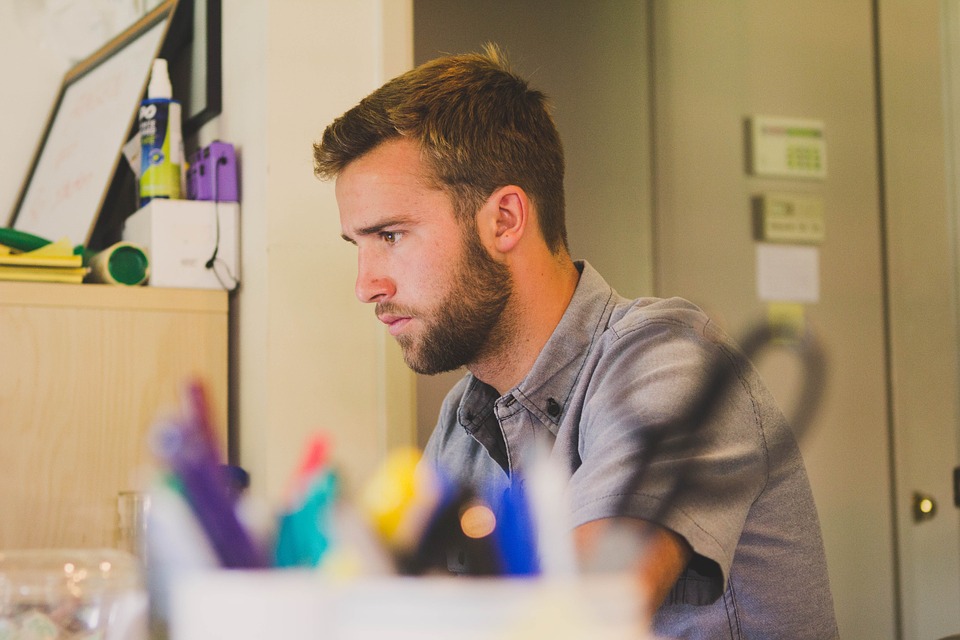
Beyond Busy: Transforming Work Habits with Neuroscience Insights
In a recent coaching session, Tatiyana, a senior director at a leading global engineering company, opened up about a pressing issue:
“I’m grappling with two primary challenges. Firstly, it’s incredibly hard to progress in my big project when my day is full of meetings. Secondly, even after delivering a high-stakes project, I struggle to focus on the next task as my mind continues to dwell on the previous one.”
Worried about its impact on her productivity, she sought guidance.
This challenge is common for many professionals today, grappling with a relentless schedule of meetings and complex tasks. But here’s the kicker—it’s not a personal deficiency; instead, it’s intricately linked to the design of our brain’s processing and stress reaction systems. Recognizing this, I realized Tatiyana could benefit from a primer on neuroscience to better navigate her situation.
Here are two key insights I shared with Tatiyana during our session:
- Our brain isn’t designed for multitasking and constant task switching. Constantly shifting between projects diminishes productivity and leaves us feeling drained.
- Completing a major project doesn’t necessarily mean we’re mentally ready to tackle the next one. Stress reactions linger far longer than the stressors themselves. If we don’t take care of the stress reaction stored in our bodies, it will get stuck in us, and we will have difficulty moving on.
So, what should we do differently to maximize our productivity?
- Allocate dedicated time slots for tasks that demand deep focus.
- Take charge of your calendar by proactively blocking and safeguarding time from interruptions.
- Remember: meetings ≠ work. Don’t fall into the trap of equating busyness with productivity. Prioritize tasks that contribute directly to your goals.
- Don’t let stress linger. Take proactive steps at the end of your workday to release built-up tension from your body. Your body doesn’t automatically reset after completing a high-stakes presentation. Here’s how you can help it unwind:
- Engaging in physical activity, whether taking a walk, exercising, dancing, or stretching at your desk between meetings.
- Practice deep breathing to soothe your nervous system, focusing on slow, intentional breaths.
- Embrace laughter, hugs, or creative pursuits to ease tension. And if you’re having a particularly tough day, allow yourself to shed some tears – it’s a natural way for your body to release pent-up emotions.
Tatiyana found these insights eye-opening. She confessed that her current approach wasn’t serving her brain and body well. Leaving the session, she committed to be more intentional in balancing her time between meetings and deep work. Instead of automatically accepting meeting requests, she decided to ensure her presence was necessary; if not, she’d seek alternative ways to support her colleague. Additionally, she committed to pausing for mindful breathing during the days, ending her workday with a rejuvenating nature walk, recognizing its potential to alleviate stress and promote relaxation for the evening ahead.
Feature photo: pixabay.com Reference: Your Brain at Work (Book), Brené with Emily and Amelia Nagoski on Burnout and How to Complete the Stress Cycle (Podcast).




